Leopard cory - Corydoras leopardus
Scientific name: Corydoras leopardus
Common name: Leopard cory
Family: Callichthyidae
Usual size in fish tanks: 5 - 6 cm (1.97 - 2.36 inch)
014
Recommended pH range: 6 - 7.5
Recommended water hardness: 4 - 20°N (71.43 - 357.14ppm)
0°C 32°F30°C 86°F
Recommended temperature range: 22 - 25 °C (71.6 - 77°F)
The way how these fish reproduce: Spawning
Where the species comes from: South America
Temperament to its own species: peaceful
Temperament toward other fish species: peaceful
Usual place in the tank: Bottom levels
Food and Feeding
Corydoras leopardus are not picky eaters and will accept most commercial aquarium foods. Their diet should include sinking algae wafers, spirulina tablets, and high-quality flake food. To provide variety and protein, offer occasional treats of frozen or live bloodworms, daphnia, or brine shrimp. Feeding in the evening is recommended, as they are most active at dusk.
Origin
Leopard corys originate from the upper Amazon basin, specifically in Peru and Ecuador. In the wild, they inhabit clear, slow-moving streams and tributaries with sandy or muddy bottoms, often surrounded by dense aquatic vegetation and leaf litter.
Sexing
Sexual dimorphism is present. Males are typically smaller and slimmer, while females appear larger and rounder, especially when viewed from above during spawning periods.
Breeding
Corydoras leopardus can be encouraged to spawn in clean, soft water with slightly lower temperatures. A drop of 2–3 °C can trigger spawning. The female deposits small batches of sticky eggs on plant leaves or aquarium glass. To prevent fungus, transfer the eggs to a separate rearing tank with gentle aeration. Eggs hatch in 4–5 days; feed the fry with infusoria and then newly hatched brine shrimp.
Lifespan
With proper care and stable conditions, Leopard corys can live 5–7 years, sometimes even longer in well-maintained aquariums.
Short Description
Corydoras leopardus are peaceful bottom-dwellers with a beautiful spotted pattern reminiscent of a leopard, making them popular in community tanks. They thrive in groups of at least 6 individuals, displaying more natural behavior and feeling safer in numbers. Provide a soft sand or fine gravel substrate to protect their sensitive barbels, and include hiding places made of driftwood, rocks, or leaf litter.
Recommended plant species include Amazon sword, Cryptocoryne, Java fern, and floating plants like Pistia or frogbit to diffuse lighting. Compatible tankmates include peaceful species such as neon tetras, rasboras, honey gouramis, Otocinclus, and other small Corydoras. Ensure good filtration and regular water changes to maintain optimal water quality.
Pictures
Bought by aqua-fish.net from jjphoto.dk.
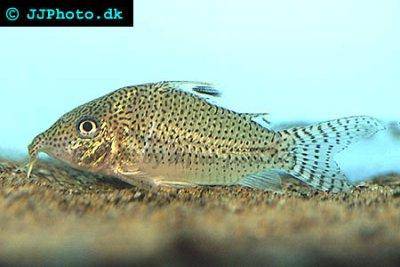



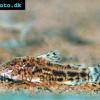 Aspidoras
Aspidoras 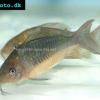 Giant
Giant 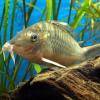 Hognosed
Hognosed 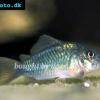 Emerald
Emerald 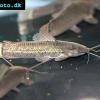 Cascarudo
Cascarudo 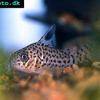 Acre
Acre 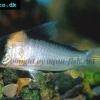 Adolfo’s
Adolfo’s  Bronze
Bronze 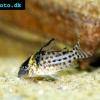 Agassizii’s
Agassizii’s 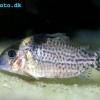 Spotted
Spotted 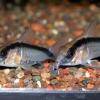 Skunk
Skunk 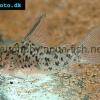 Corydoras
Corydoras 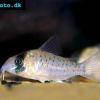 Fairy
Fairy 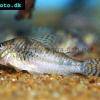 Corydoras
Corydoras 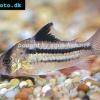 Pink
Pink 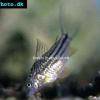 San
San 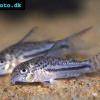 Bond’s
Bond’s 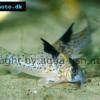 Spotted
Spotted 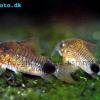 Tailspot
Tailspot 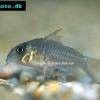 Concolor
Concolor 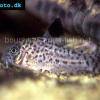 Cope’s
Cope’s 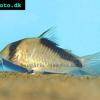 Sand’s
Sand’s 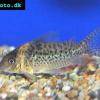 False
False 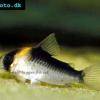 False
False 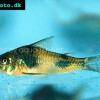 Ehrhardt’s
Ehrhardt’s 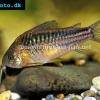 Elegant
Elegant 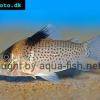 Saddle
Saddle 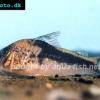 Fowler’s
Fowler’s 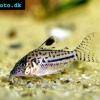 Gomezi
Gomezi 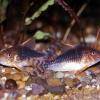 Palespotted
Palespotted 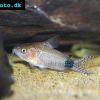 Guapore
Guapore 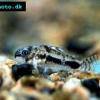 Dainty
Dainty 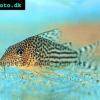 Mosaic
Mosaic 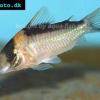 Imitator
Imitator 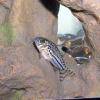 Julii
Julii 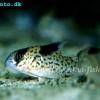 Black
Black  Slant-bar
Slant-bar 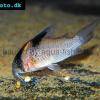 Bluespotted
Bluespotted 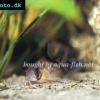 False
False 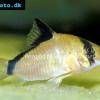 Bandit
Bandit 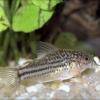 Mini
Mini 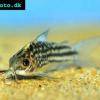 Napo
Napo 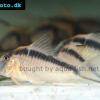 Corydoras
Corydoras 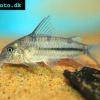 Blue
Blue 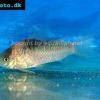 Nijssen’s
Nijssen’s 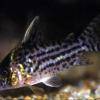 Ornate
Ornate 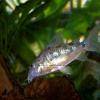 Peppered
Peppered 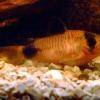 Panda
Panda 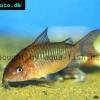 Albertini
Albertini 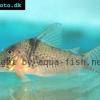 Pastaza
Pastaza 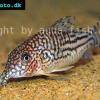 Corydoras
Corydoras 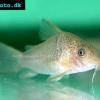 Many-spotted
Many-spotted 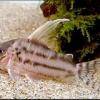 Pretty
Pretty 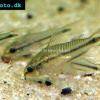 Dwarf
Dwarf 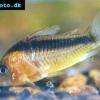 Iridescent
Iridescent 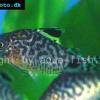 Reticulated
Reticulated 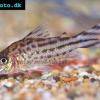 Bannertail
Bannertail 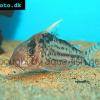 Robust
Robust 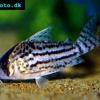 Schwartz’s
Schwartz’s 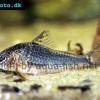 Black
Black 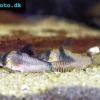 Longnosed
Longnosed 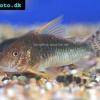 Seuss’
Seuss’ 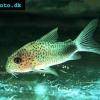 Smudge
Smudge 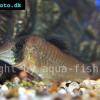 Masquerade
Masquerade 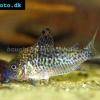 False
False 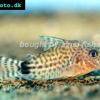 Millenium
Millenium 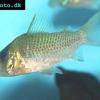 Pinkthroat
Pinkthroat 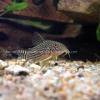 Sterba’s
Sterba’s 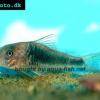 Longsnout
Longsnout 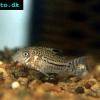 False
False 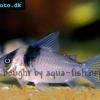 Miguelito
Miguelito 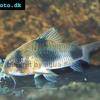 Twosaddle
Twosaddle 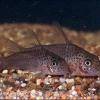 Xingu
Xingu 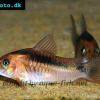 Black
Black 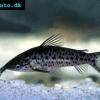 Porthole
Porthole 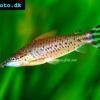 Flagtail
Flagtail 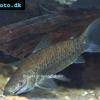 Brown
Brown 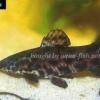 Spotted
Spotted